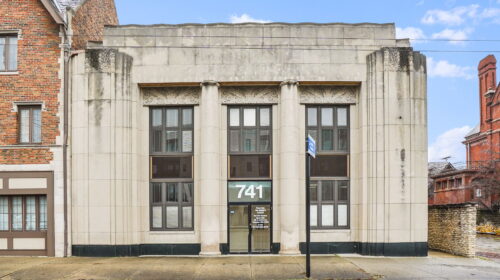City of Columbus Aims to Address Affordable Housing with 2021 CRA Abatement Policy
The Columbus Department of Development presented its proposed update to the Community Reinvestment Area Residential Abatement policy as part of a scheduled three-year review, on Wednesday, Nov. 17, during a public meeting.
The updated proposal affects tax abatements in both the legacy community reinvestment areas, as well as in designated as “Market Ready” and “Ready for Revitalization” areas, which are determined based on the number of qualifying distress criteria.
Distress criteria include population growth, median household income growth, poverty rate, growth in median rent, housing vacancy rate and mortgage foreclosure rate.
Proposed eligible developments would qualify for a 100% 15-year tax abatement as long as they remain compliant with the requirements for the entirety of the 15 years.
The 2018 policy mandated that multi-family housing developers set aside 10% of units for residents earning 80% of the area median income (AMI) and 10% of units for residents earning 100% AMI in order to earn an abatement.
The proposed policy would now mandate that developers go “deeper or wider” in providing affordable housing. To achieve this, multi-family developers could “deepen” affordability by offering 10% of units to residents earning 60% of AMI and 10% of units to those earning 80% of AMI, or developers could choose to “widen” the percentage of units being allocated from 10% to 30% while maintaining that residents earn 80% of AMI.
Single-family new construction and rehabilitation will qualify for the abatement if it is accessible to residents earning 120% of the area’s median income.
The proposed policy also removes the previous height requirement of five stories as well as the buy-out option allowing developers to pay a fee in lieu of providing the stipulated affordable units.
Additional changes include the addition of a unit distribution requirement, in which multi-family developments must distribute evenly the affordable units amongst the types of units offered.
Third-party, Vogt Strategic Insights, conducted the gap analysis which was used in determining the proposed changes and evaluated four Columbus neighborhoods including the Hilltop, Linden, the Short North and the Near East community.




